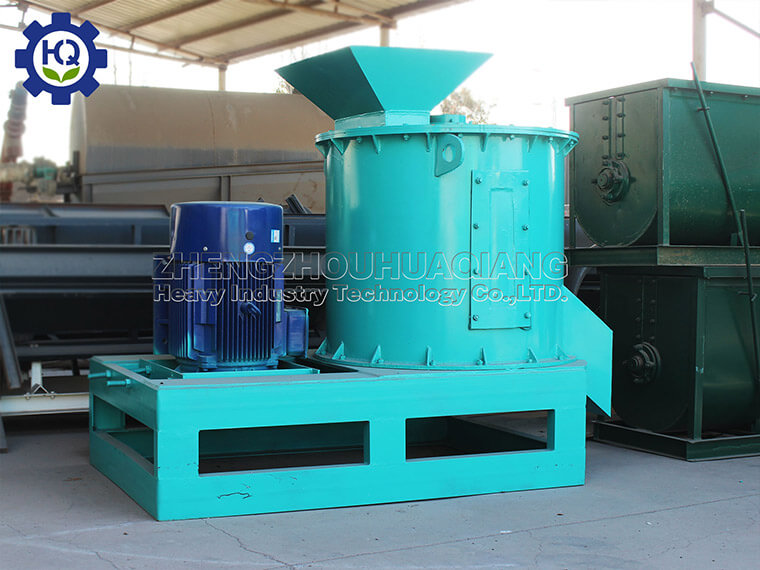The motor drives the whole organic fertilizer equipment, and its important role is self-evident. Then in the face of the complete set of organic fertilizer production line equipment, these important components should be carefully maintained to ensure that they can operate normally and do not delay production..jpg)
The common problem in organic fertilizer production line equipment is the motor heating problem. If the motor is hot or burned, it cannot be crushed. The suspension of the whole production line will bring us great losses. The following is the daily maintenance of the motor.
1. Check whether the lubrication of the bearing is good
2. Check whether all fasteners are fastened.
3, check whether the transmission belt is installed correctly, whether it is intact. If the belt is damaged, it should be replaced promptly. When there is oil on the belt or pulley, it should be wiped off with a clean rag in time.
4. Check whether the protection device is in good condition. If any abnormal protection device is found, it should be removed in time.
5, check whether there is material or other debris in the damaged chamber, and clean up in time if necessary.
6. Check whether the hydraulic jacking machine head or jacking screw is retracted, adjust whether the gasket is installed correctly and pressed tightly
The organic fertilizer production line is used to treat solid fertilizers, produce organic fertilizers, treat fertilizers from chicken farms, beef cattle farms and sheep farms, and treat solid fertilizers from pig farms and dairy farms. Solid manure is transported by manure truck, composted by mechanical mixing, stacked and decomposed, crushed and processed to produce commercial organic manure, so as to improve the added value of fertilizer.
.jpg)
.jpg)


.jpg)

.jpg)
.jpg)
